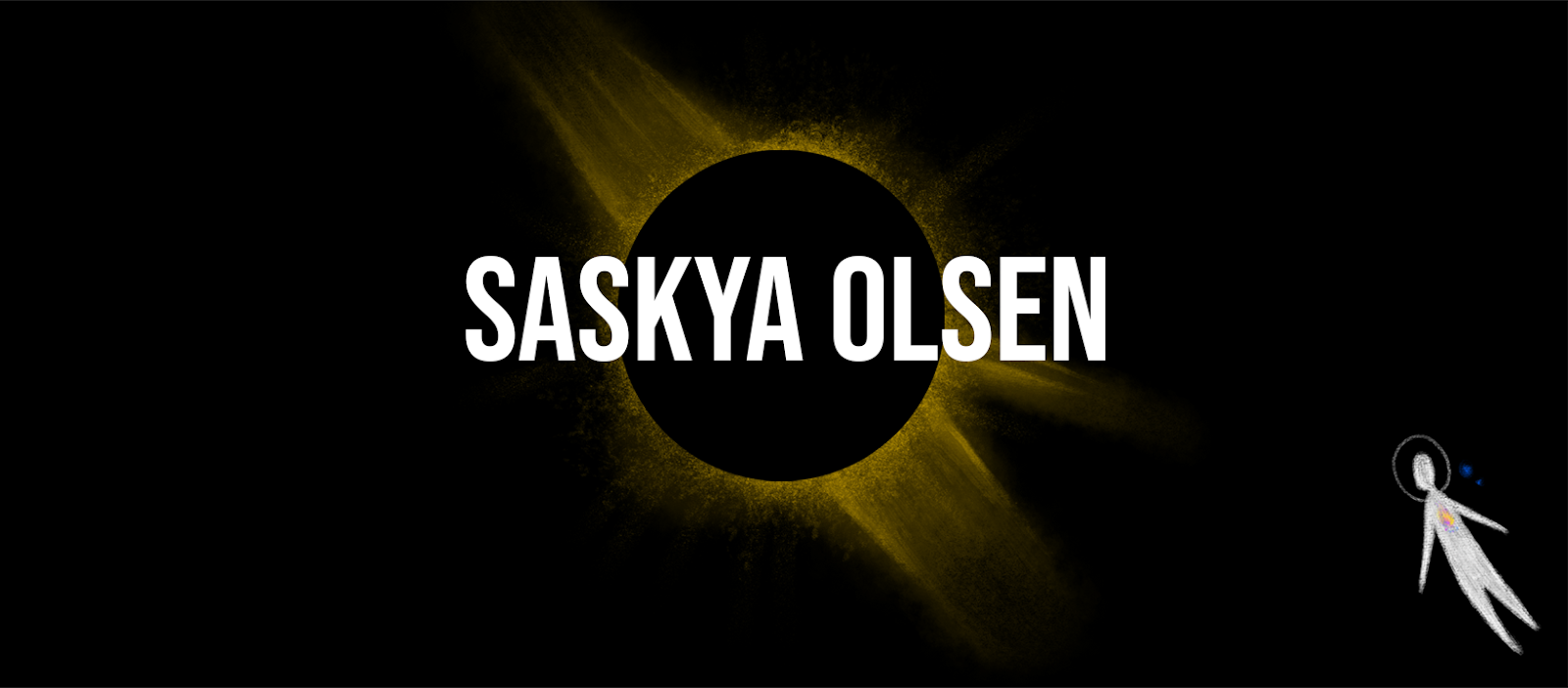Premise: 'Magic Realism' Research
Closely linked to the Surrealism and Neo-Romanticism movements, Magic Realism refers to the combination of realistic and fantastical influence in art and literature.
"The term magic realism was invented by German photographer, art historian and art critic Franz Roh in 1925 to describe modern realist paintings with fantasy or dream-like subjects" - Tate.org
The Italian artist Alberto Savinio is an example of a Magic Realist, painting compositions that hold recognisable elements alongside abstract ideas. His painting L'isola preziosa can be identified as ocean and islands, but the technicoloured mass displayed in the midground wobbles a sense of reality. A head peers over the horizon line, further deceiving our peripheral observation of the painting. This example suggests that Magic Realism requires a strong academic understanding of the real and fantasy. An artist such as Savinio is then able to manipulate a balance between the two, leaving viewers feeling deceived and confused but most importantly, convinced.
 |
| L'isola Preziosa (1949) by Alberto Savinio |
"Magical realism is a genre of literature that depicts the real world as having an undercurrent of magic or fantasy." - Neil Gaiman
Fairy-tale literature is an example of Magic Realism when the fantasy elements are considered normal in its world, blurring the line between fantasy and reality. Our understanding of a narratives' realistic attributes and its foreign fantasy additions evoke mystery and enchantment. Literary Magic Realism evolved in a different direction compared to its visual art counterpart. Critic Angel Flores began using the term in 1955 to discuss the writings of Latin American authors who, with its dramatic history and geography, "transformed the common and the every day into the awesome and the unreal." Hispanic authors from this tradition include Isabel Allende, Miguel Ángel Asturias, Laura Esquivel, Elena Garro, Rómulo Gallegos, Gabriel García Márquez, and Juan Rulfo.
 |
| The House Of The Spirits (1982) by Chilean writer Isabel Allende. A romantic story spanning decades, infused with politics and the ethereal. |
However, not all fairy tales can be identified as Magic Realism. To fall into the tradition of Magic Realism, the writing must include the majority of these six characteristics:
1. Situations and Events That Defy Logic: Settings where truly anything can happen.
2. Myths and Legends: Much of magic realisms strangeness derives from folklore, religious parables, allegories, and superstitions.
3. Historic Context and Societal Concerns: racism, sexism, intolerance, and other human failings may be explored and intertwined with fantasy.
4. Distorted Time and Sequence: Characters may zigzag between the past or future, events may cycle in an endless loop.
5. Real-World Settings: Despite the extraordinary events in their lives, the characters are ordinary people who live in recognizable places. Therefore, 'Harry Potter' is not an example of Magic Realism.
6. Matter-of-Fact Tone: The narrative voice is dispassionate and Bizarre events are described in an offhand manner.
"What’s real? What’s imaginary? In the world of magical realism, the ordinary becomes extraordinary and the magical becomes commonplace." - Jackie Craven
Critic Franz Roh began using the term Magic Realism to describe German artists who interpreted mundane subjects with an eerie partition of supernatural. The term became popular amongst critics and scholars in the 1940's and 1950's, being applied to art from a variety of traditions. This suggests that Magic Realism has always been present in the art world throughout history. Magic Realism can be identified in the "floral paintings by Georgia O'Keeffe (1887–1986), the psychological self-portraits of Frida Kahlo (1907–1954), and the brooding urban scenes by Edward Hopper (1882–1967)" - thoughtco.com.
 |
| Red Canna (1919) by Georgia O'Keeffe |
 |
| Self-Portrait Dedicated to Dr. Eloesser (1940) by Frida Kahlo |
 |
| People In The Sun (1960) by Edward Hopper |
"Often using exquisite detail and unusual perspective, the artists conveyed the wonder of observable reality." - theartstory.org
"I can't work completely out of my imagination. I must put my foot in a bit of truth; and then I can fly free" - Andrew Wyeth
Today, Magic Realism is an international trend. One of my personal favourite visual artists, Simon Stalenhag, is a Swedish digital illustrator who uses his childhood memories to configure nostalgic yet foreign landscapes that evoke a powerful feeling of wanderlust. Believability is achieved by creating multiple images from the same universe. Once satisfied with his world, he'll make another. Each creation is astonishingly authentic and conceivable, with some worlds becoming published books and Amazon original shows. Stalenhag curiously explores our world if it were rooted in supernatural phenomenon's; the worlds largest particle accelerator, hyperreal weather events, AI robot graveyards etc. Stalenhag has an uncanny ability to fluently incorporate fantasy elements into photorealistic compositions. Audiences hungrily scan his work for subtle clues and context.
 |
| Loop (2019) Promotional piece for Tales From The Loop TV Series By Simon Stalenhag |
 | ||
| Euromek Big (2020) from project EUROPA MEKANO By Simon Stalenhag |
 |
| 43 (2014) from project TALES FROM THE LOOP By Simon Stalenhag |
 |
| 5 (2016) from project THINGS FROM THE FLOOD By Simon Stalenhag |




Comments